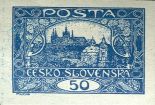Postal uniforms
Postal uniforms
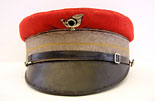
The replica garments of medieval private and modern postal couriers from the 16th to 18th centuries were created for a 1923 parade organized by the Central Group of Czechoslovak Post and Telegraph Office Employees to mark the 50th anniversary of the Group's foundation. The uniforms from the 1st half of the 19th century or younger are originals. The oldest one is a postmaster uniform from the turn of the 1820s and 1830s, from the era of Franz I. Chronologically subsequent to it is a couple of postilion uniforms, one for everyday purposes and the other one for ceremonial use, as prescribed by an 1838 decree. The sub-collection also includes a wide-ranging set of uniforms for different ranks of postal employees, after 1850 compulsory for all civil servants. Late 19th-century uniforms worn by doormen at Prague's main post office and Karlovy Vary post office are among the highlights. Uniforms from the era of interwar Czechoslovakia are sparse; the "civil" design made it possible for their retired owners to continue to wear them until they wore out. Since the 1960s the sub-collection has been regularly updated with unused uniforms from the then Communications Ministry's and currently Czech Post's stock. Other materials include badges, eschutcheons, shoulder straps and buttons used on uniforms. A very rare badge worn by mounted couriers in the era of Emperor Leopold I is one of these tiny objects.
Photo gallery
-
Doorman's cap
-
Doorman's tail jacket
-
Cap prescribed for post office employees.
-
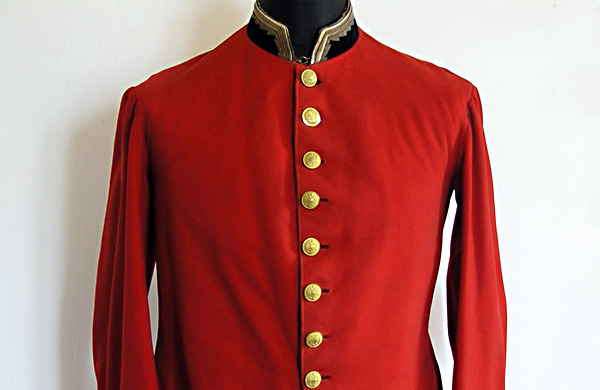 Postmaster's ceremonial jacket
Postmaster's ceremonial jacket -
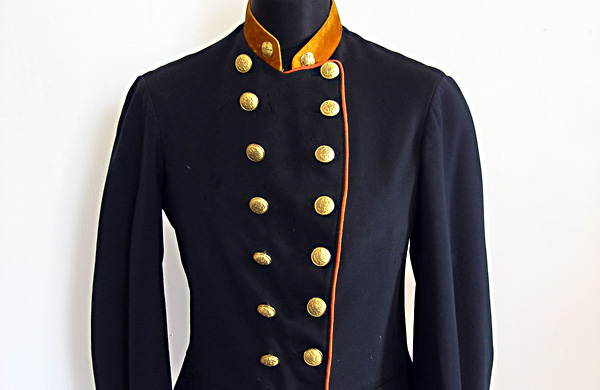 Austrian postmaster's jacket
Austrian postmaster's jacket -
 Postilion's ceremonial jacket
Postilion's ceremonial jacket -
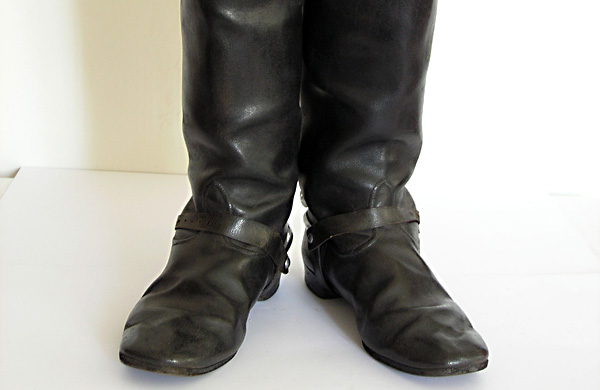 Riding boots
Riding boots -
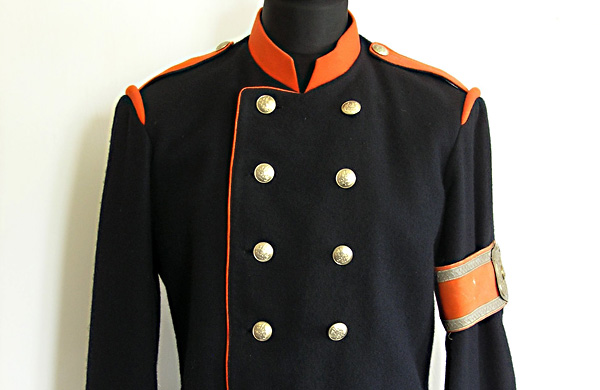 Postilion's daily uniform
Postilion's daily uniform -
 Postilion's cap
Postilion's cap -
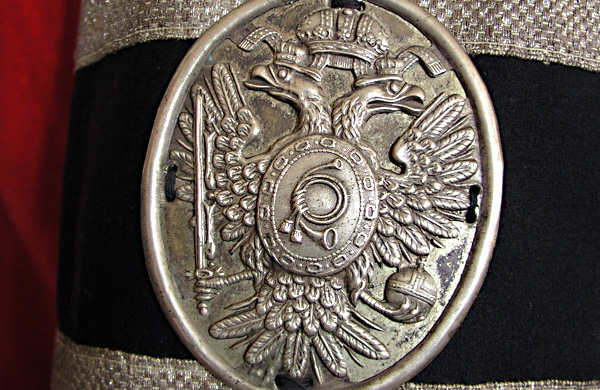 Shoulder-strap escutcheon
Shoulder-strap escutcheon -
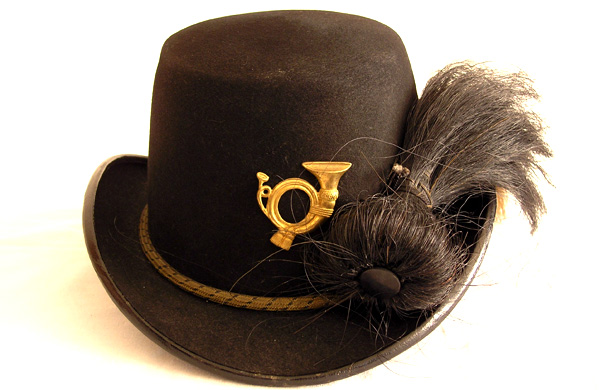 Postilion's hat
Postilion's hat -
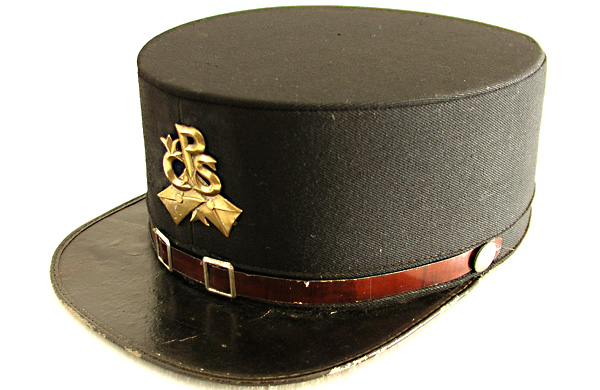 Post office employee's cap
Post office employee's cap
![Postal museum [logo]](/PostMuzeum-theme/images/muzeum/logo_postal-museum.png)
